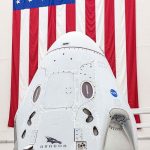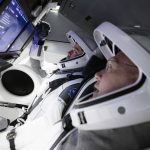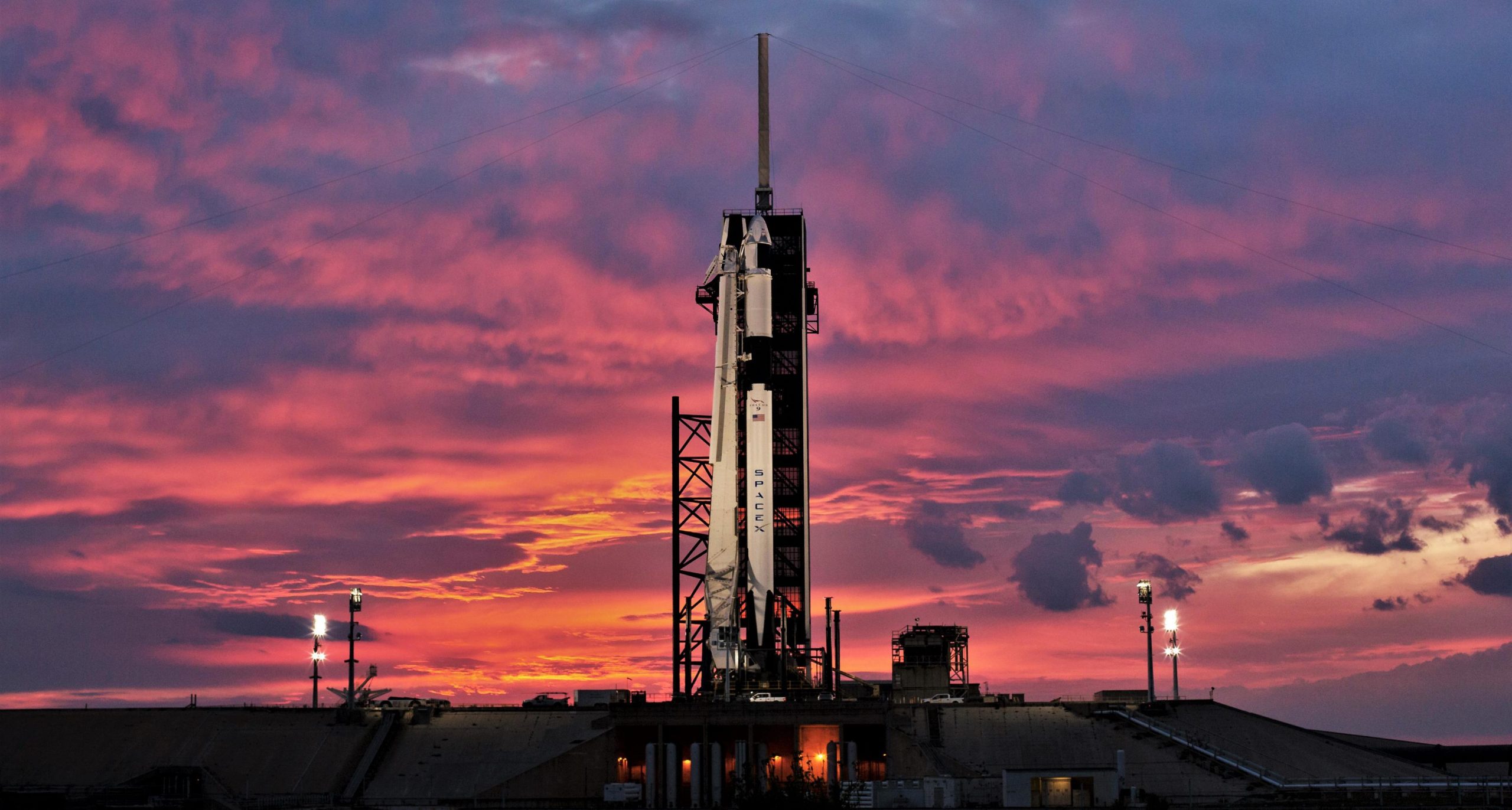
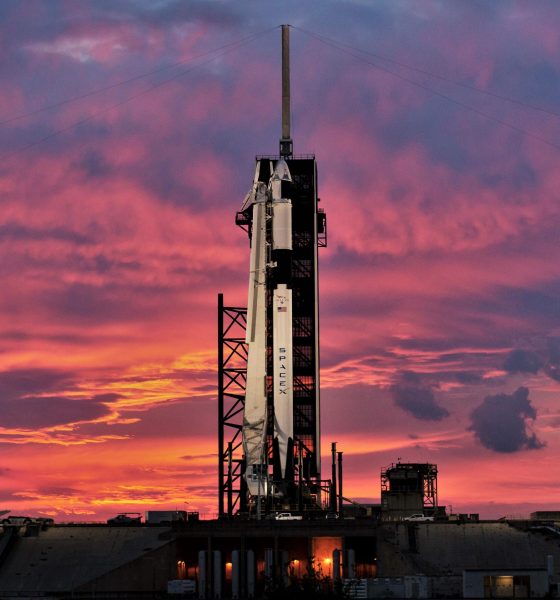
SpaceX
SpaceX, NASA ready for first astronaut launch from US soil in nearly a decade
NASA and SpaceX have confirmed that the private spaceflight company’s historic astronaut launch is officially set to blast off on May 27, marking the return of human spaceflight to U.S. soil for the first time since 2011.
During the mission, known as Demo-2, NASA astronauts Bob Behnken and Doug Hurley will launch to the International Space Station on a SpaceX Falcon 9 rocket. This flight will mark the first time astronauts have launched from American soil in nearly a decade, following the retirement of the shuttle program.
- Space Crew Dragon (Credit: NASA)
- Bob Behnken and Doug Hurley will launch to the space station on May 27, 2020. Credit: NASA
It is also the final test flight of SpaceX’s Crew Dragon spacecraft. If all goes as planned, the gumdrop-shaped capsule will carry a crew of four astronauts later this year.
Liftoff for Demo-2 is set for 4:32 p.m. EDT (2032 GMT) from NASA’s historic launch pad 39A at the agency’s Kennedy Space Center in Florida — the same site that hosted NASA’s storied Apollo and shuttle programs.
https://twitter.com/JimBridenstine/status/1251178705633841167?s=20
NASA has not set a specific duration for the mission yet; that will likely be determined once the crew arrives on station. NASA launched a new web page dedicated to the mission, describing it as simply “an extended stay at the space station,” for now.
Behnken and Hurley will join fellow NASA astronaut Chris Cassidy, who launched to the station on April 10. Many of the details are still being ironed out, but we do know that Hurley will be the mission’s commander, and Behnken will serve as joint operations commander. Each will be tasked with specific duties during flight, with Hurley focusing on launch, landing, and recovery. Behnken will handle docking and undocking, as well as any activities while the Dragon is docked with the station.
Once the crew finishes its mission, Behnken and Hurley will return to Earth, splashing down in the Atlantic Ocean, off the Florida coast. From there, the capsule will be retrieved by a SpaceX recovery ship.
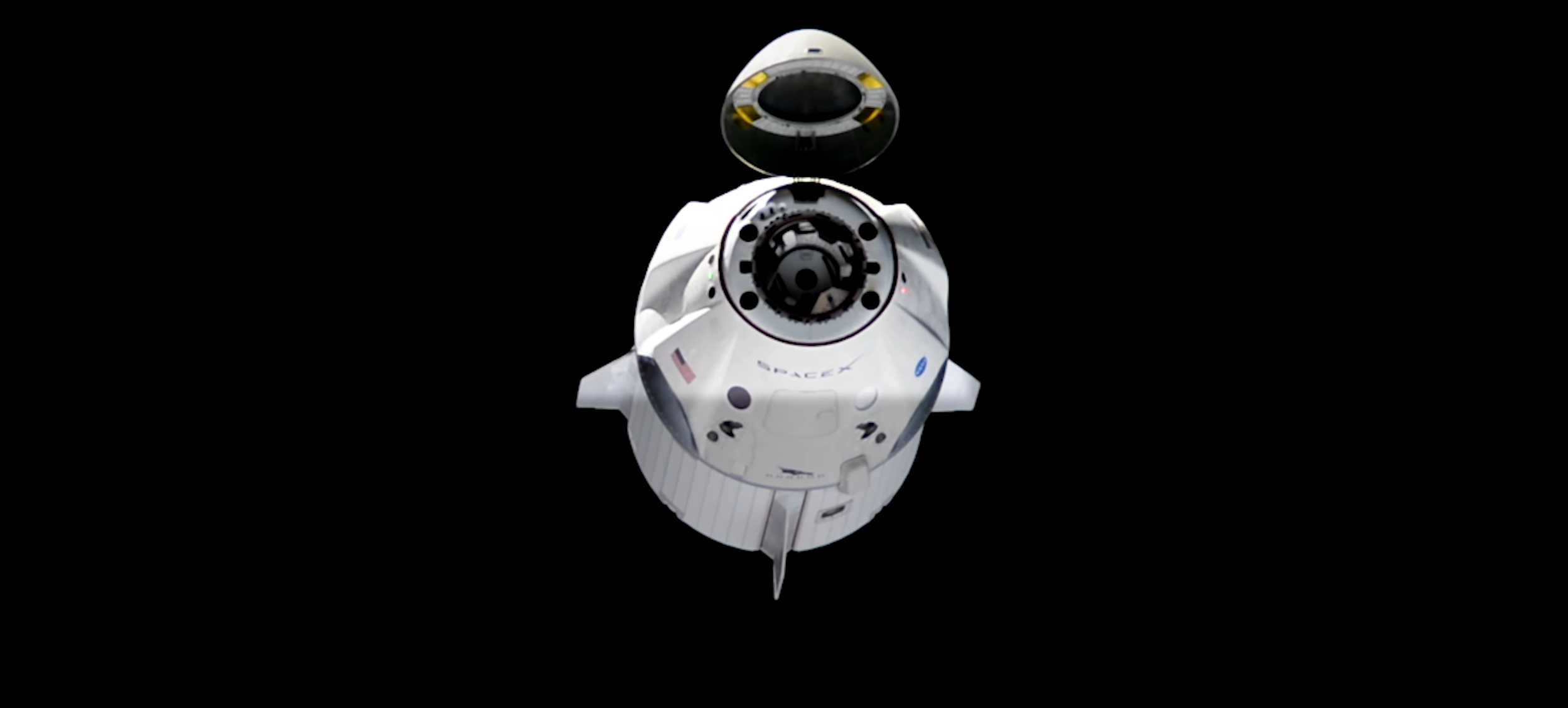
SpaceX made history in 2012 by becoming the first private company to send a spacecraft to the International Space Station. Now, that cargo-carrying Dragon has been upgraded to carry a new type of cargo: people.
To prepare for the historical journey, SpaceX had to prove that the craft was capable and safe to transport astronauts. To that end, the company launched an uncrewed test flight in March 2019. Dubbed Demo-1, that mission was a huge success, with the Crew Dragon capsule performing as expected.
Earlier this year, in January, SpaceX completed a crucial test of the Falcon and Dragon’s safety system. Known as a launch escape system, the technology is designed to push the capsule to safety in the event something goes wrong during the climb to orbit. Musk and NASA described that launch as “picture-perfect.”
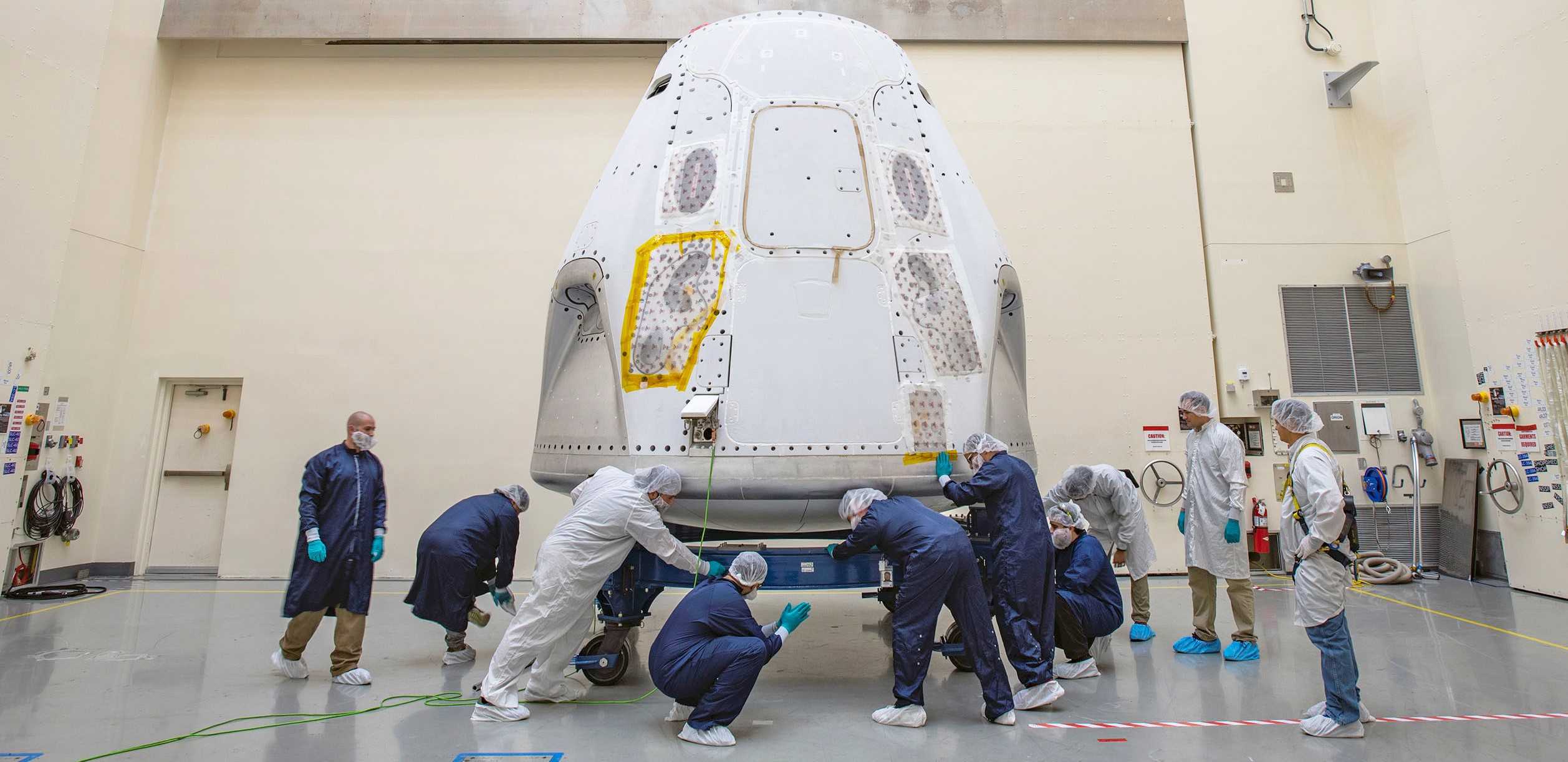
That brief test was the last major hurdle that SpaceX had to complete before it was given the go-ahead to launch the crewed test flight. In the intervening months, the crew, as well as team members in launch control, have been busy running simulations and practicing essential launch day procedures.
While SpaceX will be the first to launch people, they are not alone in the quest to return human spaceflight to American soil. In 2014, NASA selected SpaceX and Being to design and build spaceships capable of transporting astronauts to and from the space station. Boeing launched its uncrewed test flight in December 2019; however, that flight failed to reach the station because of some issues with the vehicle’s software.
As such, Boeing has decided to fly a second uncrewed flight before astronauts climb aboard its Starliner spacecraft.

News
SpaceX shades airline for seeking contract with Amazon’s Starlink rival

SpaceX employees, including its CEO Elon Musk, shaded American Airlines on social media this past weekend due to the company’s reported talks with Amazon’s Starlink rival, Leo.
Starlink has been adopted by several airlines, including United Airlines, Qatar Airways, Hawaiian Airlines, WestJet, Air France, airBaltic, and others. It has gained notoriety as an extremely solid, dependable, and reliable option for airline travel, as traditional options frequently cause users to lose connection to the internet.
Many airlines have made the switch, while others continue to mull the options available to them. American Airlines is one of them.
A report from Bloomberg indicates the airline is thinking of going with a Starlink rival owned by Amazon, called Leo. It was previously referred to as Project Kuiper.
American CEO Robert Isom said (via Bloomberg):
“While there’s Starlink, there are other low-Earth-orbit satellite opportunities that we can look at. We’re making sure that American is going to have what our customers need.”
Isom also said American has been in touch with Amazon about installing Leo on its aircraft, but he would not reveal the status of any discussions with the company.
The report caught the attention of Michael Nicolls, the Vice President of Starlink Engineering at SpaceX, who said:
“Only fly on airlines with good connectivity… and only one source of good connectivity at the moment…”
CEO Elon Musk replied to Nicolls by stating that American Airlines risks losing “a lot of customers if their connectivity solution fails.”
American Airlines will lose a lot of customers if their connectivity solution fails
— Elon Musk (@elonmusk) December 14, 2025
There are over 8,000 Starlink satellites in orbit currently, offering internet coverage in over 150 countries and territories globally. SpaceX expands its array of satellites nearly every week with launches from California and Florida, aiming to offer internet access to everyone across the globe.
Currently, the company is focusing on expanding into new markets, such as Africa and Asia.
News
Tesla hints at Starlink integration with recent patent
“By employing polymer blends, some examples enable RF transmission from all the modules to satellites and other communication devices both inside and outside the vehicle.”

Tesla hinted at a potential Starlink internet terminal integration within its vehicles in a recent patent, which describes a vehicle roof assembly with integrated radio frequency (RF) transparency.
The patent, which is Pub. No U.S. 2025/0368267 describes a new vehicle roof that is made of RF-transparent polymer materials, allowing and “facilitating clear communication with external devices and satellites.”
Tesla believes that a new vehicle roof design, comprised of different materials than the standard metallic or glass elements used in cars today, would allow the company to integrate modern vehicular technologies, “particularly those requiring radio frequency transmission and reception.
Tesla has recently filed a US patent application on integrating RF transparent materials into the roof structure.
“facilitating clear communication with external devices and satellites”
Tesla fleet is getting @Starlink connectivity integration soon. LFG @Tesla @elonmusk… pic.twitter.com/bLa8YtPLd1
— Chansoo Byeon (@Chansoo) December 9, 2025
Instead of glass or metallic materials, Tesla says vehicles may benefit from high-strength polymer blends, such as Polycarbonate, Acrylonitrile Butadiene Styrene, or Acrylonitrile Styrene Acrylate.
These materials still provide ideal strength metrics for crashworthiness, stiffness for noise, vibration, and harshness control, and are compliant with head impact regulations.
They would also enable better performance with modern technologies, like internet terminals, which need an uninterrupted signal to satellites for maximum reception. Tesla writes in the patent:
“By employing polymer blends, some examples enable RF transmission from all the modules to satellites and other communication devices both inside and outside the vehicle.”

One of the challenges Tesla seems to be aware of with this type of roof design is the fact that it will still have to enable safety and keep that at the forefront of the design. As you can see in the illustration above, Tesla plans to use four layers to increase safety and rigidity, while also combating noise and vibration.
It notes in the patent that disclosed examples still meet the safety requirements outlined in the Federal Motor Vehicle Safety Standards (FMVSS).
Starlink integrated directly into Tesla vehicles would be a considerable advantage for owners. It would come with a handful of distinct advantages.
Initially, the inclusion of Starlink would completely eliminate cellular dead zones, something that is an issue, especially in rural areas. Starlink would provide connectivity in these remote regions and would ensure uninterrupted service during road trips and off-grid adventures.
It could also be a critical addition for Robotaxi, as it is crucial to have solid and reliable connectivity for remote monitoring and fleet management.
Starlink’s growing constellation, thanks to SpaceX’s routine and frequent launch schedule, will provide secure, stable, and reliable internet connectivity for Tesla vehicles.
Although many owners have already mounted Starlink Mini dishes under their glass roofs for a similar experience, it may be integrated directly into Teslas in the coming years, either as an upgrade or a standard feature.
Investor's Corner
SpaceX IPO is coming, CEO Elon Musk confirms
However, it appears Musk is ready for SpaceX to go public, as Ars Technica Senior Space Editor Eric Berger wrote an op-ed that indicated he thought SpaceX would go public soon. Musk replied, basically confirming it.

Elon Musk confirmed through a post on X that a SpaceX initial public offering (IPO) is on the way after hinting at it several times earlier this year.
It also comes one day after Bloomberg reported that SpaceX was aiming for a valuation of $1.5 trillion, adding that it wanted to raise $30 billion.
Musk has been transparent for most of the year that he wanted to try to figure out a way to get Tesla shareholders to invest in SpaceX, giving them access to the stock.
He has also recognized the issues of having a public stock, like litigation exposure, quarterly reporting pressures, and other inconveniences.
However, it appears Musk is ready for SpaceX to go public, as Ars Technica Senior Space Editor Eric Berger wrote an op-ed that indicated he thought SpaceX would go public soon.
Musk replied, basically confirming it:
As usual, Eric is accurate
— Elon Musk (@elonmusk) December 10, 2025
Berger believes the IPO would help support the need for $30 billion or more in capital needed to fund AI integration projects, such as space-based data centers and lunar satellite factories. Musk confirmed recently that SpaceX “will be doing” data centers in orbit.
AI appears to be a “key part” of SpaceX getting to Musk, Berger also wrote. When writing about whether or not Optimus is a viable project and product for the company, he says that none of that matters. Musk thinks it is, and that’s all that matters.
It seems like Musk has certainly mulled something this big for a very long time, and the idea of taking SpaceX public is not just likely; it is necessary for the company to get to Mars.
The details of when SpaceX will finally hit that public status are not known. Many of the reports that came out over the past few days indicate it would happen in 2026, so sooner rather than later.
But there are a lot of things on Musk’s plate early next year, especially with Cybercab production, the potential launch of Unsupervised Full Self-Driving, and the Roadster unveiling, all planned for Q1.
